Introduction: More Than a Vessel
Have you ever held a Japanese teacup, no handle, warm to the touch and felt an unexpected sense of calm? That simple cup often humble in appearance, carries with it centuries of culture, craftsmanship, and quiet beauty.
Unlike the classic English teacup and saucer combo, or ornate china from Europe, Japanese teacups tell a different story. Today, we’ll explore the origins, styles, and materials that make Japanese teacups so compelling, and how bringing one into your life can be more than just a nod to tradition.
Explore our curated collection of Japanese cups today!

A Brief History: From China to Kyoto’s Kilns
Tea first arrived in Japan from China around the 9th century, initially as a form of medicine used by Buddhist monks. The cups of that era, imported or Chinese-style mirrored those used for chocolate drinking or medicinal brews in other parts of the world.
By the 12th century, Japanese tea culture began to flourish on its own terms, especially with the rise of chanoyu (茶の湯, tea ceremony) and matcha (抹茶, powdered green tea). During the Muromachi and later Momoyama periods, Japan's potters began developing teaware styles distinct from Chinese porcelain, favoring rustic textures and natural finishes.
The Japanese teacup evolved into a handle-less form that emphasized warmth, touch, and seasonality very different from the dainty teacup handles and saucers associated with British afternoon tea. These yunomi (湯のみ, daily-use cups) and chawan (茶碗, tea bowls) became central to tea drinking at home and in ceremony.
Form Meets Function: Why No Handles?
Japanese teacups are typically handle-less a design that might surprise those used to Western teaware. But this simplicity serves a deeper purpose. Without a handle, you must cradle the cup in both hands. This encourages mindfulness, slows down the act of drinking, and connects you directly to the warmth of the tea.
Unlike the Western teacup and saucer set (popularized in England and designed for proper posture and elegance), Japanese teacups emphasize tactile experience and practical daily use. You feel the temperature, the texture, the handmade grooves of the ceramic.
Materials and Mastery: The Art of Authentic Craftsmanship
Traditional Materials
- Clay (tsuchi / 土): Local clays from regions like Tokoname, Shigaraki, and Mashiko are revered for their character and natural variation.
- Porcelain (jiki / 磁器): Often used for more refined or delicate styles, porcelain teacups may feature intricate hand-painted motifs or minimalist glazes.
- Bamboo (take / 竹): Sometimes used for rare ceremonial cups or tea utensils.
Each region in Japan produces distinct pottery with its own style and history:
- Shigaraki-yaki (信楽焼) teacups often have earthy tones and natural ash glazes.
- Tokoname-yaki (常滑焼) cups and matching teapots (kyūsu / 急須) are prized for their balance and durability.
- Kuroraku (黒楽) cups, used in tea ceremonies, are shaped and fired in small batches by artisans like those from the Raku family lineage.
The Human Touch
Behind every handcrafted cup is a potter (touka / 陶家) or ceramic artist (tougeika / 陶芸家), sometimes from generations of family artisans. From shaping on the wheel to glazing and firing in wood-fired kilns, every step is infused with care. Brands like Sazen Tea and artisan manufacturers across Kyoto and Seto preserve these methods, creating heirloom-quality cups that feel as personal as they are functional.
Styles and Types: A Cup for Every Sip
Japanese teacups come in a surprising range of forms, each suited to specific teas or moments.
Common Types:
- Yunomi (湯のみ): Tall, everyday cups used for drinking sencha (煎茶) or bancha (番茶).
- Kumidashiwan (汲出し碗): Smaller, shallow cups for serving gyokuro (玉露) or sakura tea (桜茶).
- Chawan (茶碗): Larger, bowl-like cups used in matcha preparation and tea ceremony.
- Soba choko (蕎麦猪口): Originally used for dipping sauce in soba meals, now often repurposed as versatile tea or dessert cups.
There are also meoto yunomi (夫婦湯のみ) a pair of cups symbolizing a couple, often given as wedding gifts and more avant-garde designs by modern ceramicists like Takashi Endoh.
Beyond the Cup: Teaware That Complements the Ritual
To fully experience Japanese tea culture, consider exploring other teaware (chadōgu / 茶道具) that harmonizes with your teacup:
- Teapots (kyūsu): Like the beautifully compact Tanka Kinyō Kyūsu, designed for brewing high-quality green teas.
- Tea utensils: Matcha scoops, whisks, and ceramic tabimochi chaki (matcha containers).
- Handmade ceramic saucers (chataku / 茶托): Often paired with cups like the Nuriwake Saucer and Cup or Kuro Tokusa sets for presentation.
- Meiren glass teapots and glass katakuchi: Elegant options for summer brews or floral infusions.

Choosing Your Own: Curate with Intention
Looking to start your own Japanese teacup collection? Here are some tips:
- Feel first: Go for cups that fit comfortably in your hands. A slight lip, weight, or warmth can make all the difference.
- Think seasonally: In Japan, lighter porcelain or glass cups are favored in summer; earthy clay in winter.
- Match your tea: A bold shigaraki teacup by Sawa Hōzan might pair beautifully with roasted teas, while a delicate Beishokuji Kumidashiwan suits floral brews.
- Mix and match: Don’t be afraid to collect different shapes and glazes. Japanese aesthetics often embrace asymmetry and contrast wabi-sabi (侘寂) at its finest.
Japanese ceramic artists and artisan shops now make it easy to purchase these pieces internationally. Whether you’re browsing a curated online shop or picking up a piece on your next trip to Japan, your teacup can become a reflection of your journey.
Conclusion: A Ritual in Every Sip
As you brew your next pot of sencha, why not cradle it in a handcrafted cup? The warmth, the texture, the quiet joy of holding something made with care, it’s a small but powerful way to bring Japanese culture into your life.
And who knows? That one cup might just inspire a deeper exploration of tea, art, and everything in between.



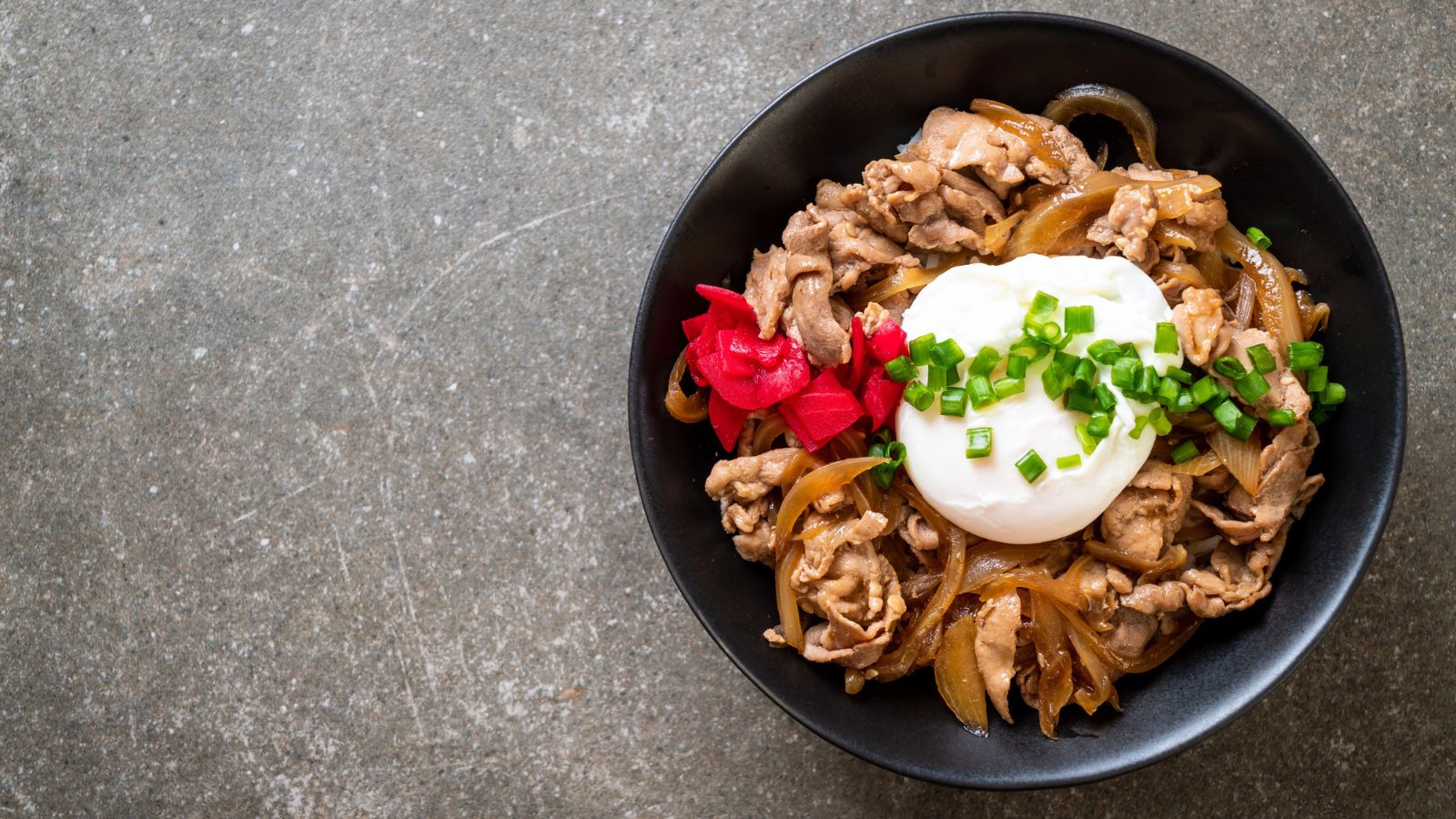
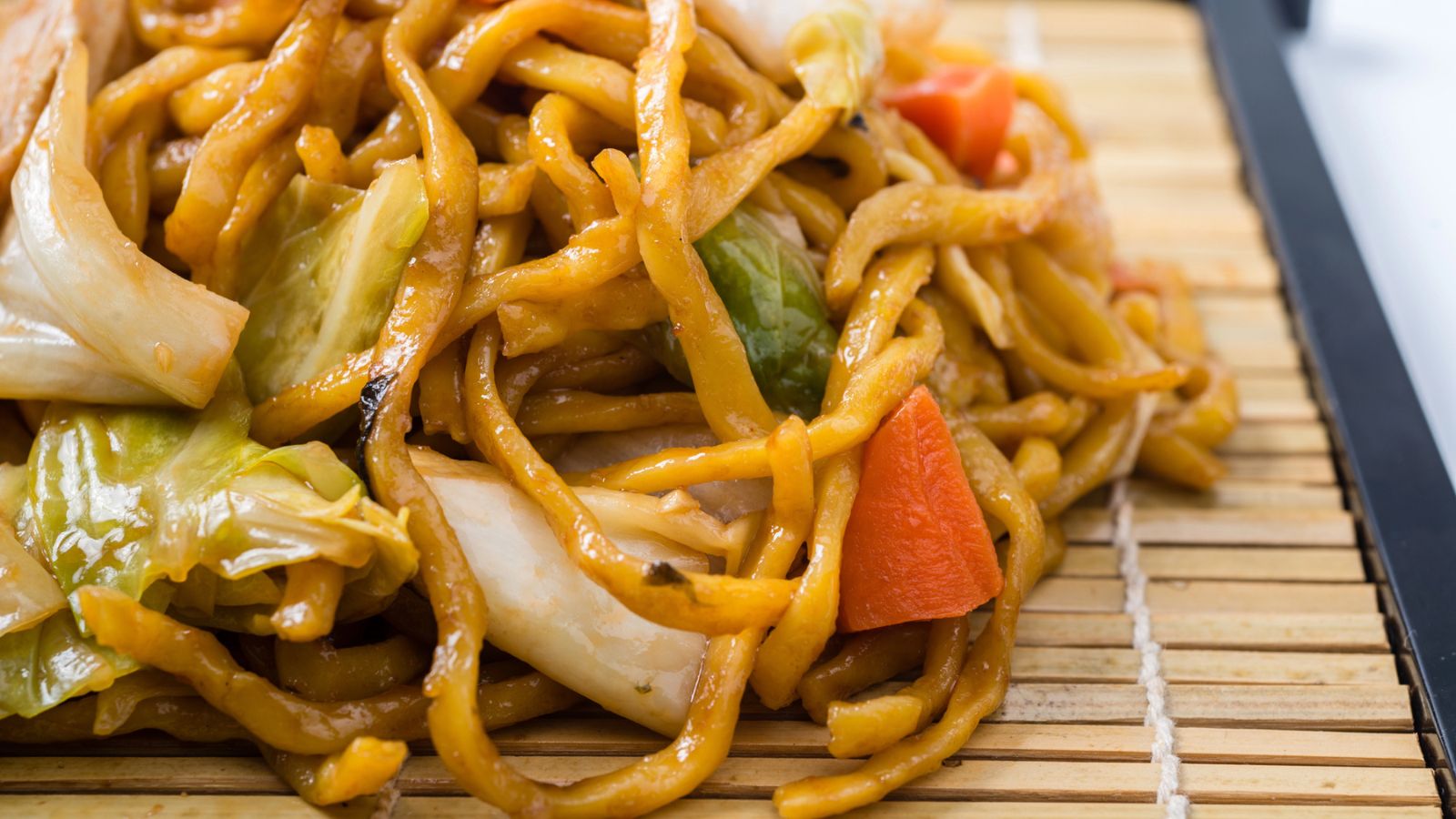
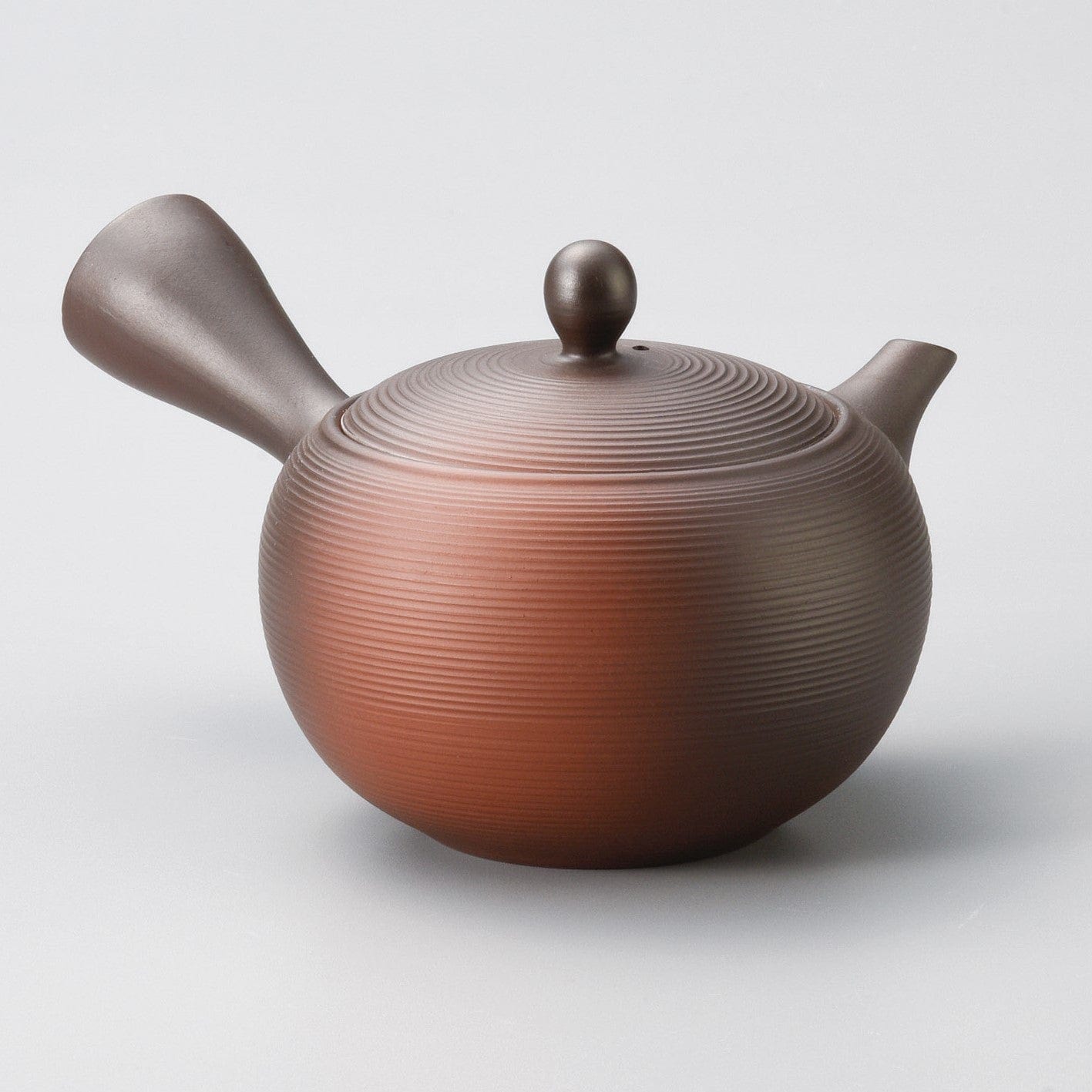
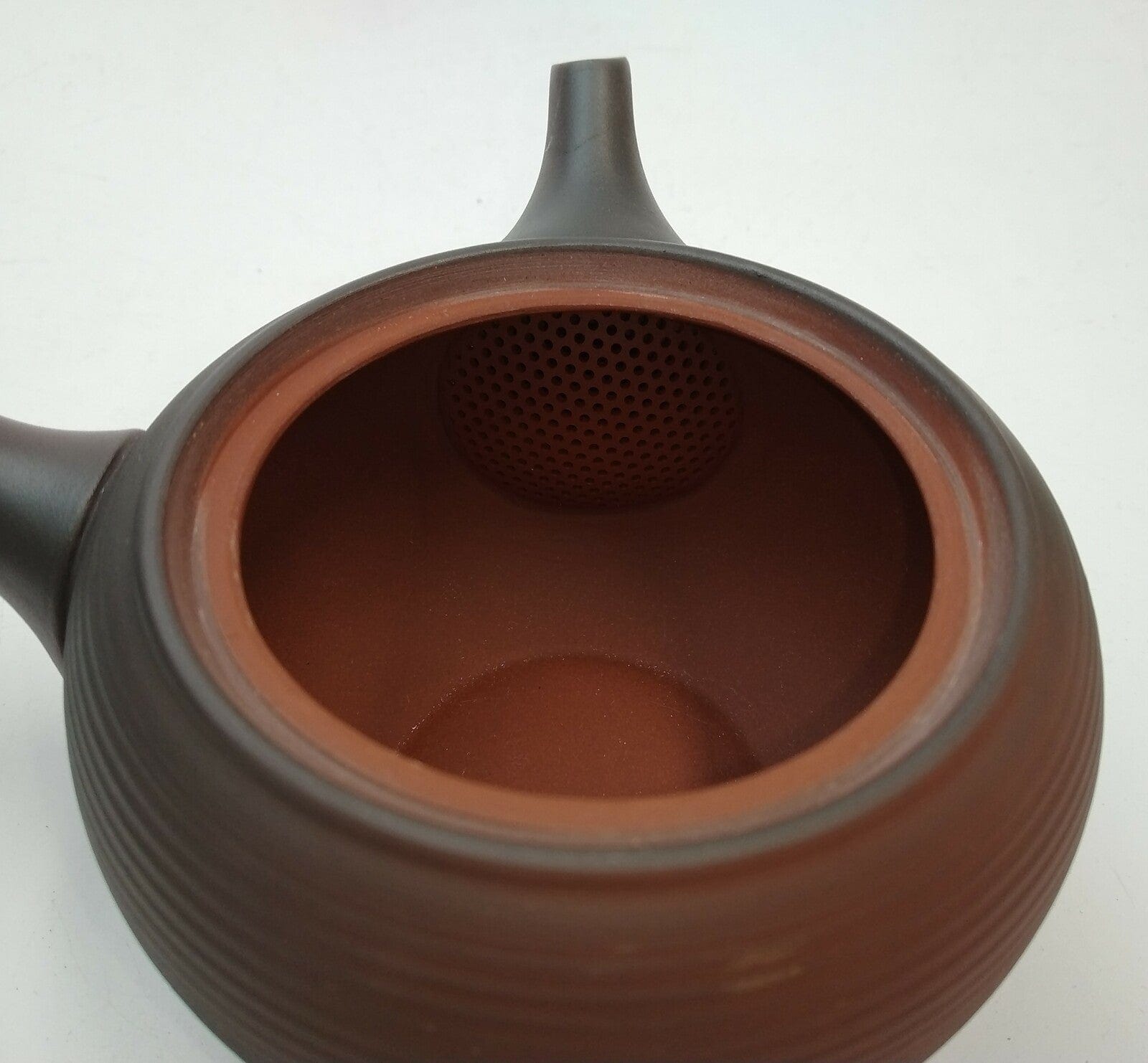
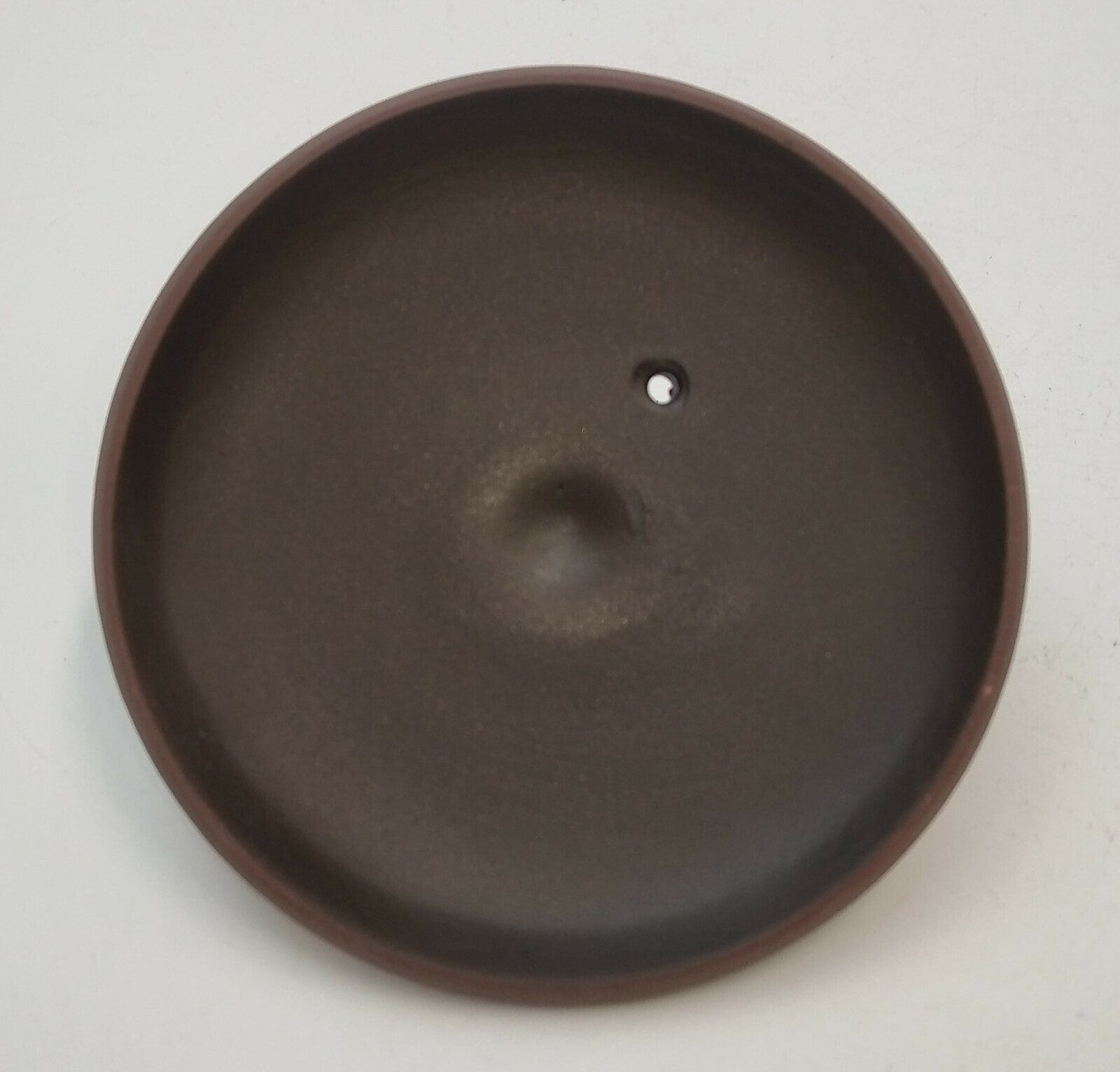
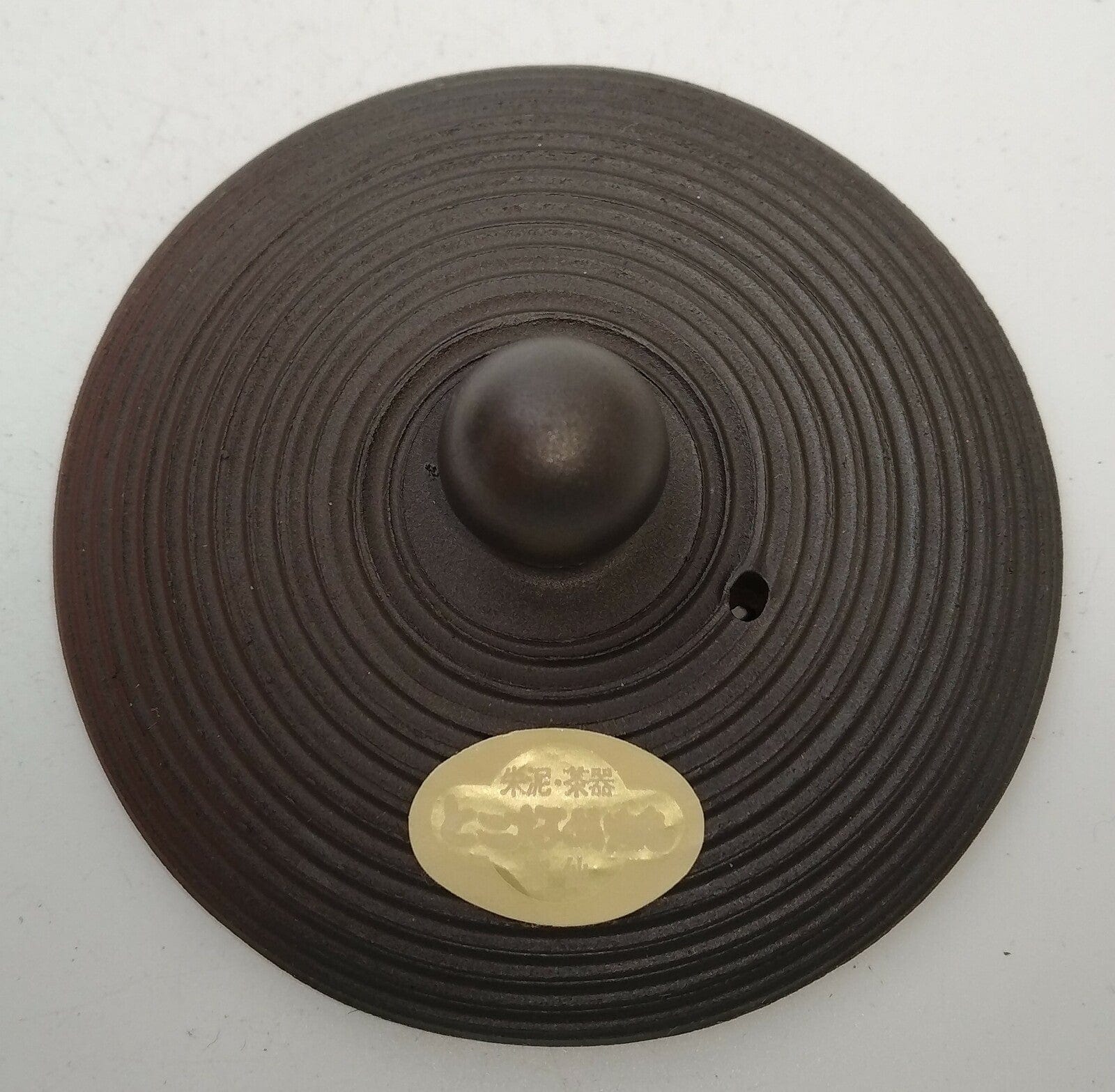
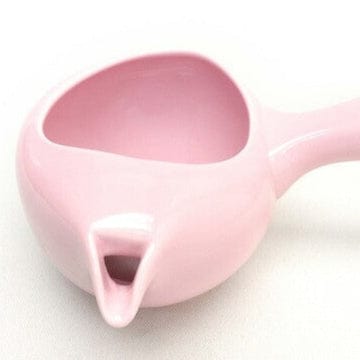
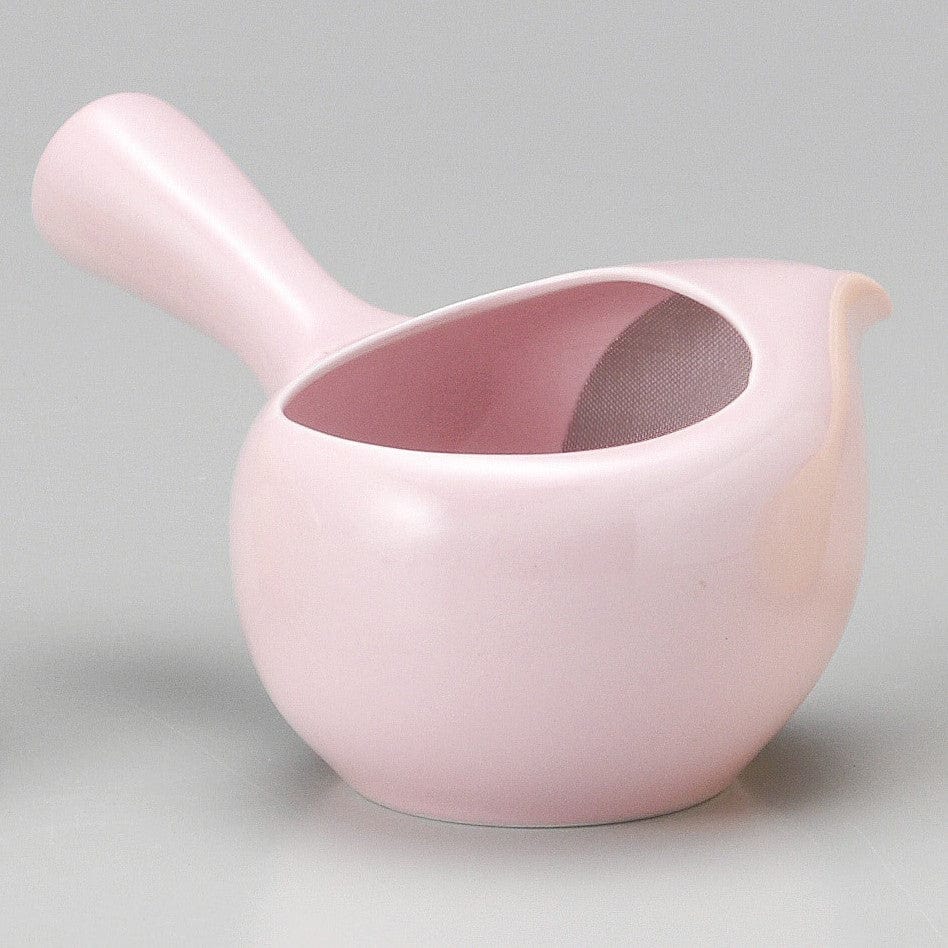
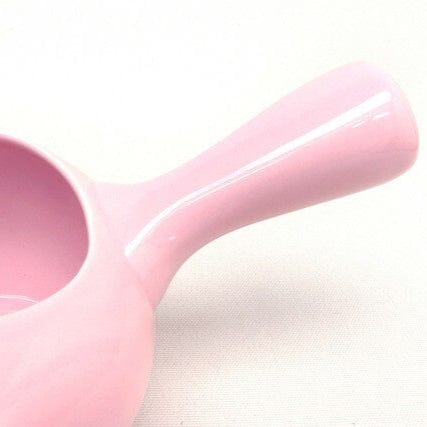
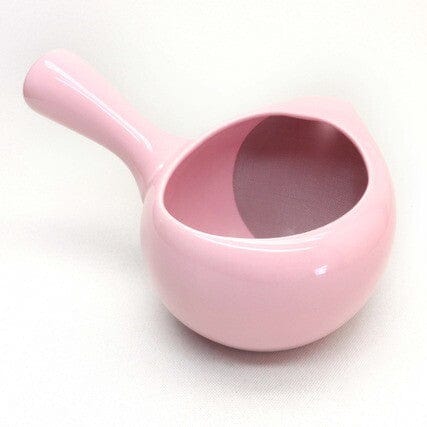
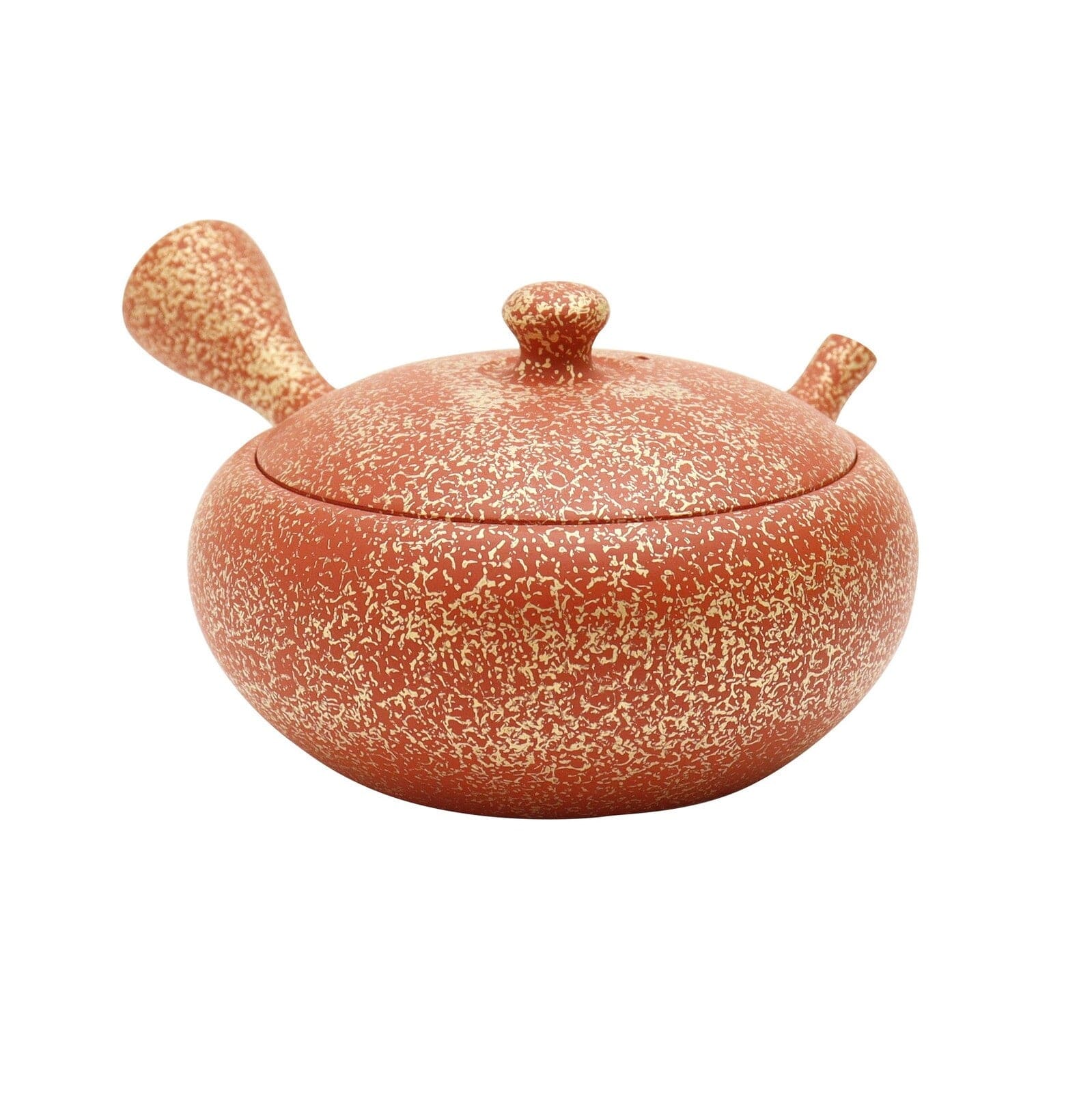
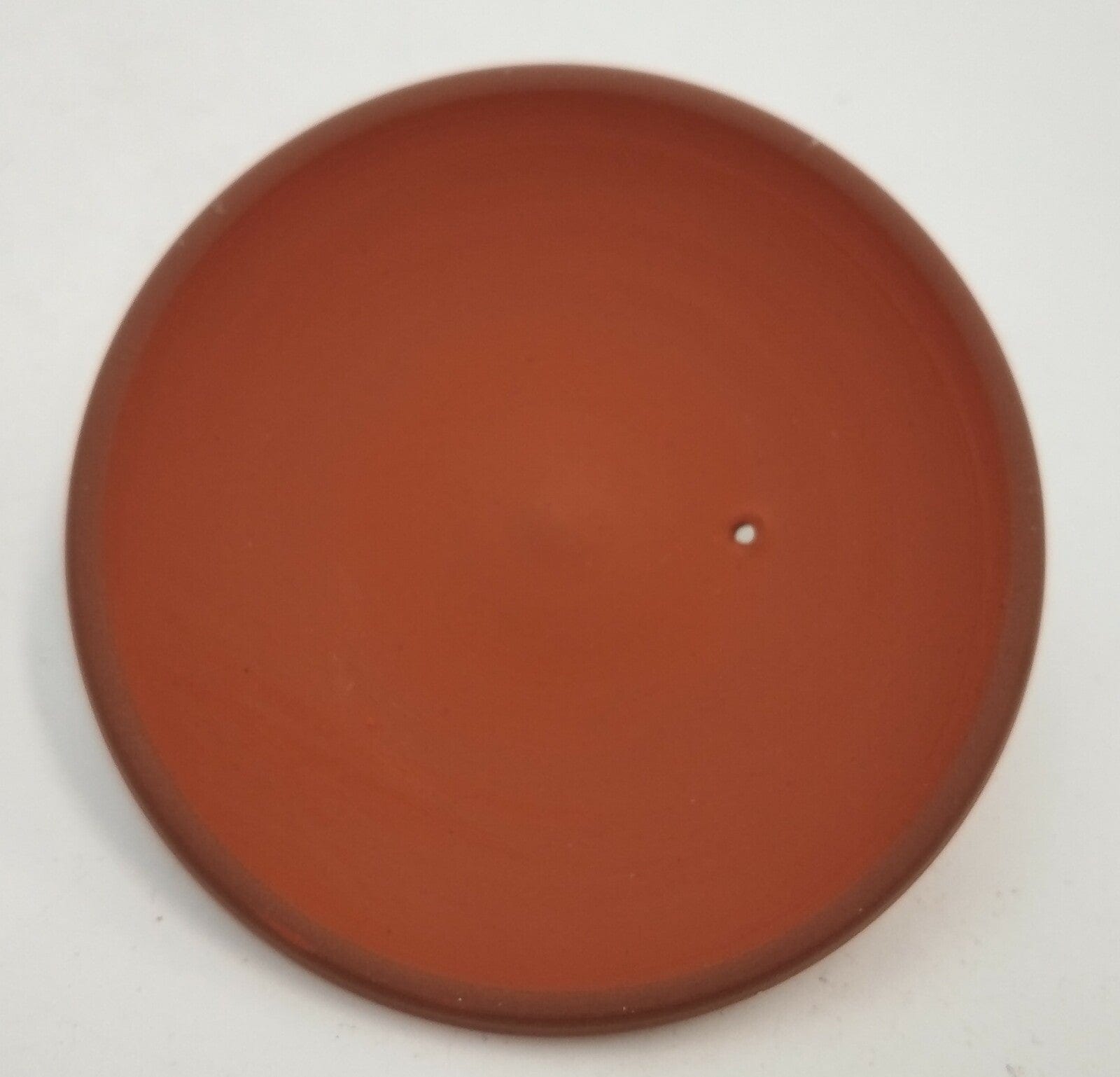
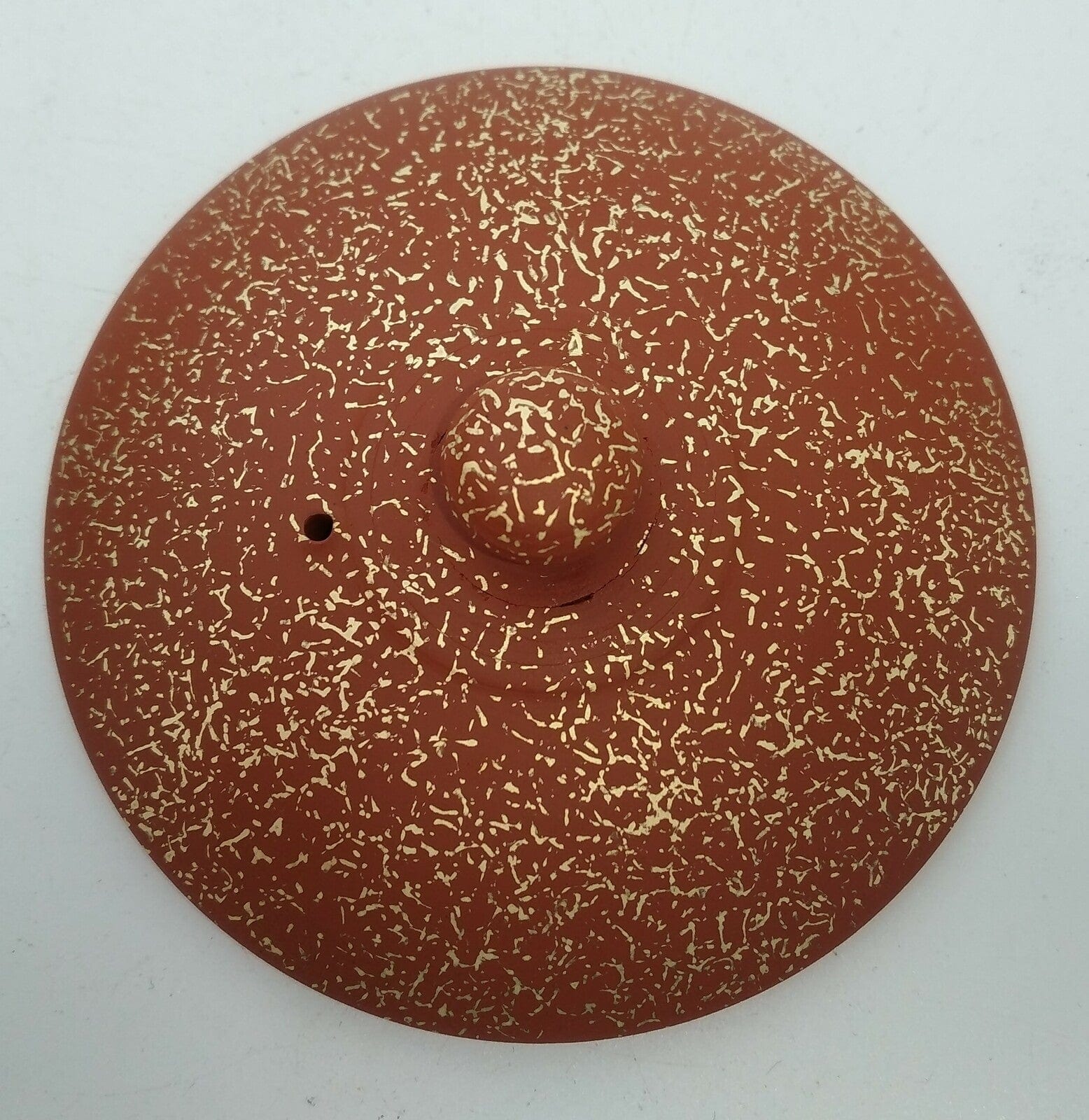
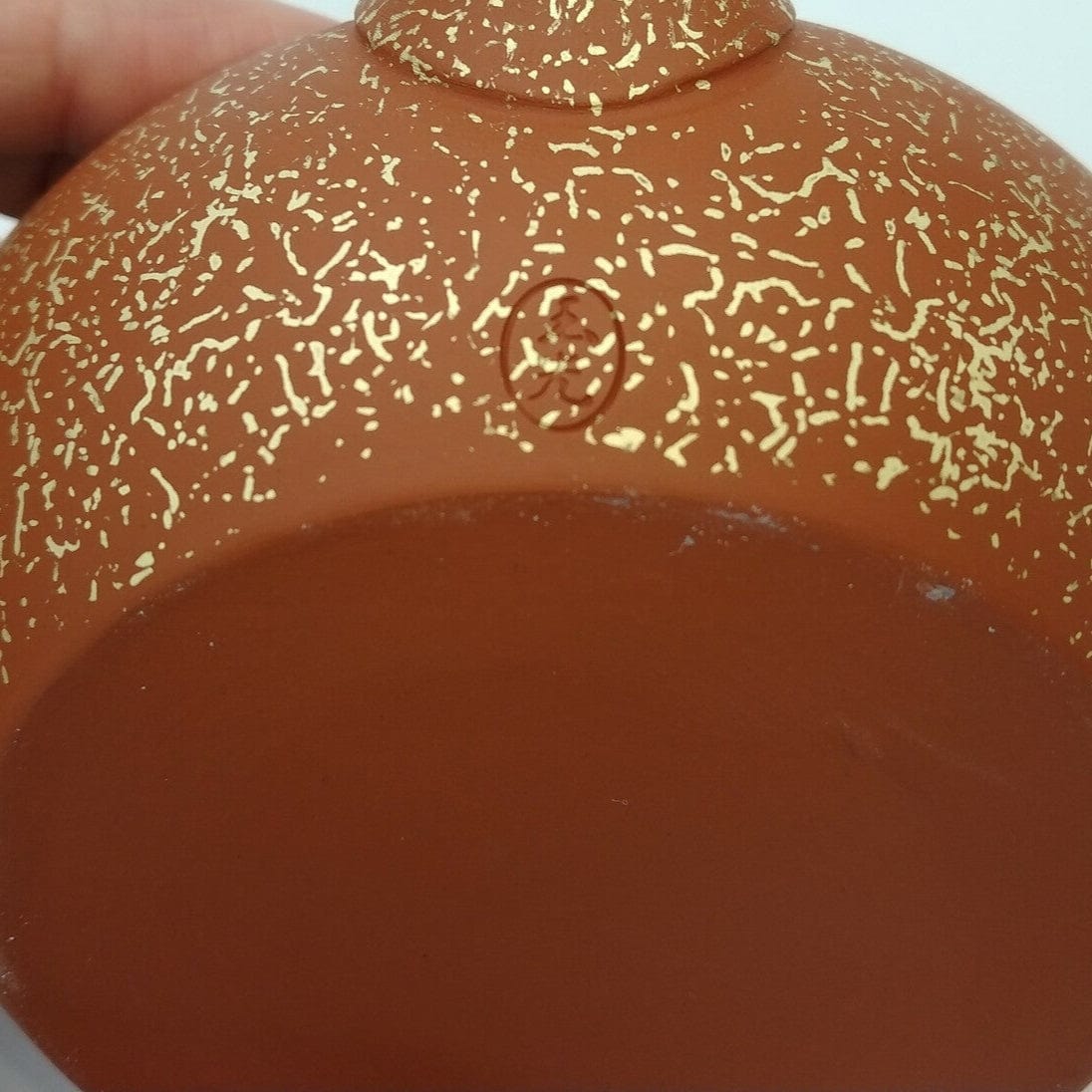
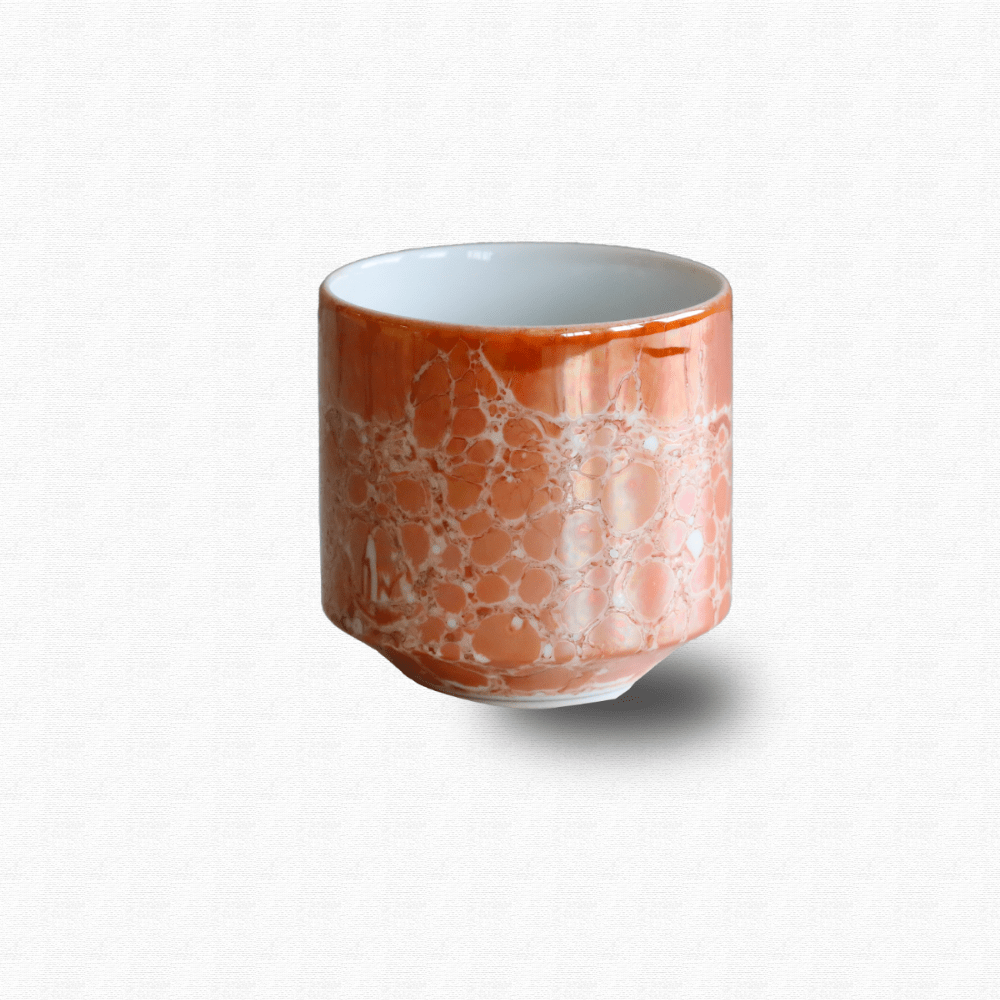

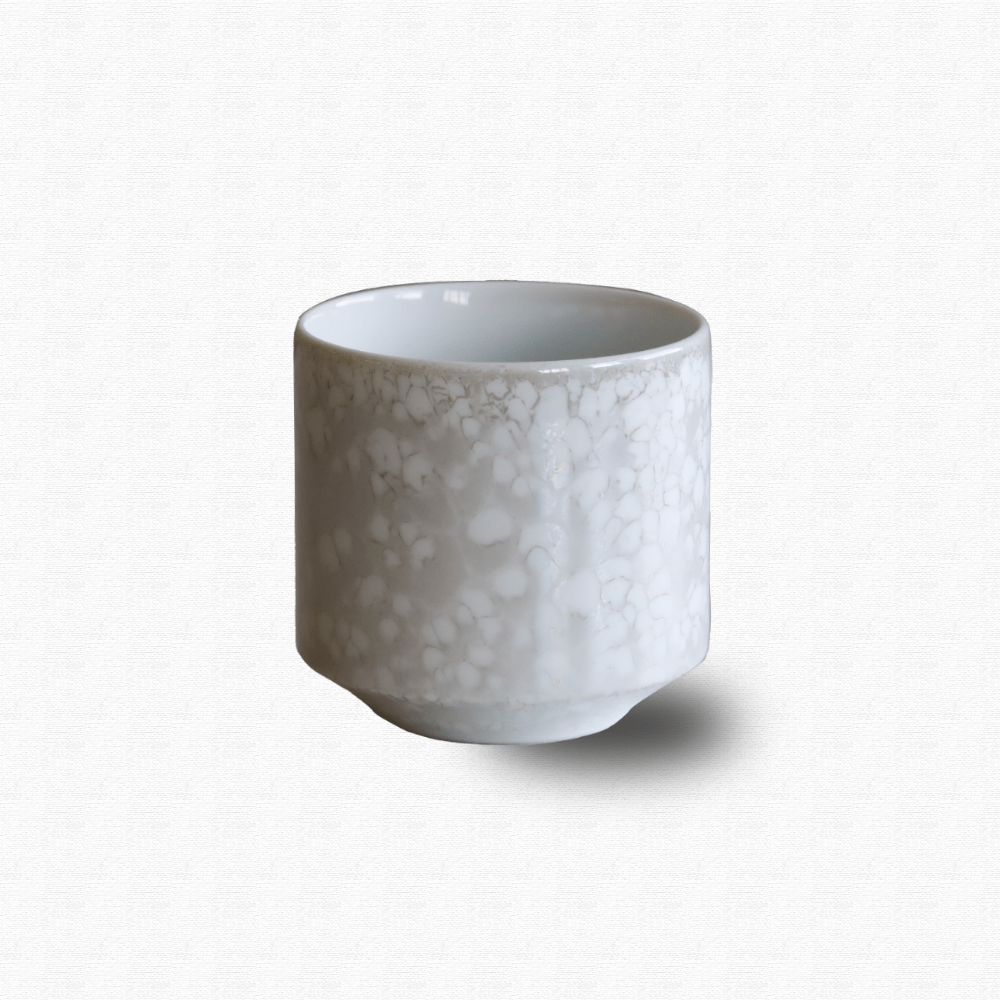
Share: